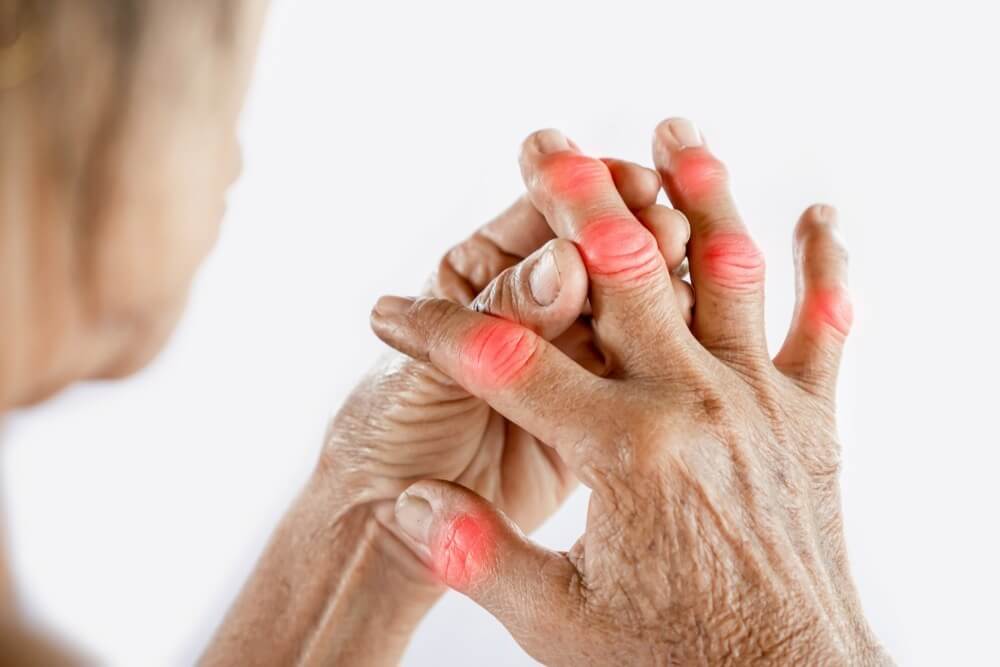Arthritis is common among adults but the pathology and treatment can vary depending on the type. This article will discuss osteoarthritis and rheumatoid arthritis and treatment options for both types of arthritis.
Osteoarthritis Overview
The Centers for Disease Control and Prevention estimate that over 32.5 million adults suffer from osteoarthritis (OA) in the United States alone. This form of arthritis primarily affects the hands, hips and knees but can occur in other joints as well. It is characterized by the degradation of the articular cartilage at a joint. This cartilage lines the ends of bones and allows for normal, pain-free motion. As we age, this cartilage becomes worn and damaged, exposing the bone underneath which often is painful when engaging in physical activity. It is common to experience pain or aching, stiffness, decreased range of motion and swelling in the involved joints.
Rheumatoid Arthritis Overview
Unlike osteoarthritis, rheumatoid arthritis (RA) is a chronic autoimmune inflammatory disorder that results in joint pain, stiffness, swelling. In this form of arthritis, the immune system targets healthy cells in the body which results in inflammation of and damage to the lining of joints. Typically, rheumatoid arthritis will affect many joints at once. It is common for this condition to present with fluctuating levels of pain. Symptoms can worsen (flare) and get better (remission) depending on a number of circumstances.
Treatment Options
Treatment for osteoarthritis and rheumatoid arthritis are different due to the differing pathology of each condition. For those with rheumatoid arthritis, disease modifying anti-rheumatic drugs (DMARDs) are often prescribed to help manage symptoms. For those with osteoarthritis, non-steroidal anti-inflammatory drugs (NSAIDs) or acetaminophen are commonly prescribed to alleviate joint pain and inflammation. A physician should be consulted prior to starting a new medication regimen to determine the best course of action.
In addition to pharmacological interventions, physical therapy is often used to improve symptoms and overall function. A physical therapist will perform range of motion, strength, and flexibility testing to identify specific deficits. Additionally, functional testing can be done to determine whether or not an individual’s performance is consistent with their peers of a similar age and ability level. This information will help to guide a physical therapist as they construct a specialized routine of strengthening, stretching, and range of motion exercises to help improve and manage the symptoms of arthritis. Manual therapeutic techniques such as joint mobilization can be used to improve motion and reduce pain at a joint.
If your life is impacted by the symptoms of either osteoarthritis or rheumatoid arthritis, physical therapy can help provide relief. By intentionally targeting areas of weakness or dysfunction, physical therapy can improve pain, restore mobility, and promote improved tolerance to daily activities. Call Respire Physical Therapy today at 703-671-1871 or click here to schedule an evaluation with a Physical Therapist today to better manage your arthritis symptoms.
Tags: pt education, rheumatoid arthritis, choosept, arlingtonva, alexandriava, Physical Therapy, fallschurchva, Respire Physical Therapy, movement freedom, physical therapist, ptworks, health and wellness, pain free living, Osteoarthritis, health blog



